Getting pet hair out of a car can be a daunting task, but with the right tools and techniques, it’s entirely manageable. At PETS.EDU.VN, we understand the bond you share with your furry friends, and we’re here to help you keep your car clean and comfortable for both you and your pets. This guide will provide you with proven methods for pet hair removal, preventative strategies, and when to seek professional help, ensuring a hair-free ride every time. We will explore various pet fur removal solutions like using a vacuum cleaner, lint roller and pet hair remover stone.
1. Understanding the Challenge of Pet Hair Removal
Pet hair in your car is more than just a cosmetic issue; it can be a persistent nuisance. Unlike regular dirt or debris, pet hair has a knack for weaving itself into the fabric of your car seats and carpets, making it difficult to remove with ordinary cleaning methods. This is because pet hair often has a fine, barbed structure that allows it to cling tightly to surfaces. Additionally, static electricity can exacerbate the problem, causing hair to cling even more stubbornly.
Several factors contribute to the build-up of pet hair in your car:
- Shedding: Different breeds shed at different rates, but all pets shed to some extent. Seasonal changes often trigger increased shedding as pets adjust their coats.
- Fabric Type: Certain fabrics, such as velour or carpet, are more prone to trapping pet hair than smoother materials like leather or vinyl.
- Frequency of Travel: The more often your pet rides in the car, the more hair will accumulate.
- Lack of Preventative Measures: Without protective seat covers or regular grooming, pet hair can quickly become ingrained in your car’s interior.
Understanding these challenges is the first step in developing an effective pet hair removal strategy. Now, let’s explore some methods to tackle this hairy situation.
2. Essential Tools for Pet Hair Removal from Cars
Having the right tools on hand can make pet hair removal from your car much more efficient and less frustrating. Here’s a rundown of some essential items:
- Vacuum Cleaner: A vacuum with strong suction and various attachments is a must-have. Look for models with a motorized brush head, crevice tool, and upholstery attachment. A handheld vacuum can be especially useful for reaching tight spaces.
- Lint Roller: These sticky rollers are great for quick touch-ups and removing loose hair from seats and other surfaces. Keep one in your car for on-the-go cleaning.
- Rubber Gloves: Simple household rubber gloves can work wonders for gathering pet hair. The rubber creates friction that lifts hair from fabric surfaces.
- Pet Hair Removal Brush or Stone: These specialized tools are designed with unique textures that attract and trap pet hair. They are often reusable and can be more effective than traditional lint rollers.
- Squeegee: A squeegee with a rubber blade can be surprisingly effective for sweeping up pet hair from car seats and carpets.
- Microfiber Cloths: These soft, absorbent cloths are ideal for wiping down surfaces and removing any remaining hair or debris.
- Spray Bottle: A spray bottle filled with water or a static-reducing solution can help loosen stubborn pet hair and make it easier to remove.
- Steamer: A steamer can be used to clean and sanitize the interior of your car and is effective at loosening up pet hair that is embedded in the fabric.
Having these tools readily available will empower you to tackle pet hair removal quickly and effectively, leaving your car looking and feeling fresh.
3. Top 10 Proven Methods to Remove Pet Hair From Your Car Interior
Now, let’s dive into the top 10 methods for removing pet hair from your car. Each method offers a unique approach, so you can choose the ones that best suit your needs and resources.
3.1. The Power of Vacuum Cleaning for Pet Hair Removal
A vacuum cleaner is the cornerstone of any pet hair removal strategy. Whether you use a standard home vacuum or a portable model, the key is to use the right attachments and techniques.
- Technique: Use a lifting motion to agitate the carpet fibers and loosen embedded hairs. Avoid pressing down too hard, as this can damage the carpet.
- Attachments: A motorized brush head is ideal for carpets and upholstery, as it agitates the fibers and loosens hair. A crevice tool is perfect for reaching tight spaces and corners. An upholstery attachment can be used on seats and other fabric surfaces.
- Vacuum Strength: Standard home vacuums are typically more powerful than portable models, but portable vacuums offer the convenience of cordless operation.
- Additional Tip: Be sure to vacuum the headliner (ceiling) of your car, as pet hair can accumulate there as well.
3.2. Lint Rollers: A Quick and Easy Solution
Lint rollers are a convenient and inexpensive way to remove pet hair from your car. Their sticky surface grabs loose hairs quickly and easily.
- How to Use: Simply roll the lint roller over the affected area, applying gentle pressure. The sticky paper will pick up loose hairs.
- Best For: Lint rollers are best for quick touch-ups and removing recently shed hair. They are not as effective for deeply embedded hair.
- Types: You can choose between disposable lint rollers or reusable models with washable adhesive surfaces.
- Handy Tip: Keep a lint roller in your car for on-the-go cleaning.
3.3. Velcro Hair Curlers for Pet Hair Removal
Believe it or not, Velcro hair curlers can be surprisingly effective for removing pet hair from car seats and carpets.
- How it Works: The Velcro’s hooks grab onto pet hair, lifting it away from the fabric.
- Technique: Simply roll the curler over the affected area, applying gentle pressure.
- Benefits: Velcro curlers are reusable, inexpensive, and can be more effective than lint rollers for certain types of fabric.
- Extra Tip: Keep a set of old Velcro hair curlers in your car for pet hair emergencies.
3.4. Rubber Gloves and Water: A Simple Yet Effective Trick
This method uses the power of friction to lift pet hair from car seats and carpets.
- How to Do It: Put on a pair of rubber gloves and dampen them with water. Then, run your hands over the affected area, applying gentle pressure.
- The Science: The rubber creates friction that attracts pet hair, while the water helps to loosen it from the fabric.
- Drying: After using this method, be sure to dry the area thoroughly to prevent mold or mildew growth. You can use electric fans or a dehumidifier to speed up the drying process.
- When to Use: This method is a great option when you don’t have access to a vacuum or lint roller.
3.5. Steam Cleaning with Wire Bristle Attachment for Pet Hair
A steamer with a wire bristle attachment can be a powerful tool for removing pet hair and sanitizing your car’s interior.
- The Science: The steamer uses hot vapor to loosen embedded hair and kill germs, mold, and dust mites. The wire bristle attachment helps to agitate the fibers and lift the hair away.
- How to Use: Fill the steamer with water and attach the wire bristle attachment. Run the steamer over the affected area, applying gentle pressure.
- Safety First: Be careful when using a steamer, as the vapor can be very hot. Avoid prolonged exposure to one area, as this can damage the fabric.
- Bonus: Steaming can also help to remove stains and odors from your car’s interior.
3.6. Duct Tape: A Sticky Solution
Duct tape is a versatile tool that can be used for a variety of tasks, including pet hair removal.
- How to Do It: Wrap a piece of duct tape around your hand, sticky side out. Press the tape onto the affected area and then pull it away. The sticky surface will pick up loose hairs.
- Limitations: Duct tape can be effective for removing loose hair, but it may not be as effective for deeply embedded hair. Also, be careful when using duct tape on delicate fabrics, as it can damage the surface.
- Pro Tip: Use a fresh piece of tape for each section to maximize its stickiness.
3.7. Pet Hair Cleaning Brushes, Stones, or Gloves: Specialized Tools for the Job
These specialized tools are designed specifically for removing pet hair from fabric surfaces.
- How They Work: Pet hair cleaning brushes typically have rubber bristles that create static electricity, attracting pet hair. Pet hair cleaning stones have a porous surface that grabs onto hair. Pet hair cleaning gloves have textured surfaces that lift hair away.
- Benefits: These tools are reusable, durable, and can be more effective than traditional lint rollers for certain types of fabric.
- Choosing the Right Tool: Experiment with different types of tools to see which one works best for your car’s interior.
3.8. Squeegee Power for Pet Hair Removal
A squeegee, typically used for cleaning windows, can also be used to remove pet hair from car seats and carpets.
- The Technique: Simply drag the rubber blade of the squeegee across the affected area, applying gentle pressure. The blade will gather pet hair into a pile, making it easy to remove.
- Benefits: Squeegees are inexpensive, easy to use, and can be very effective for removing loose hair.
- Extra Tip: Use a spray bottle with water to dampen the surface before using the squeegee. This can help to loosen stubborn hair.
3.9. Balloons and Static Electricity for Pet Hair Removal
This may seem like an odd method, but it works! Balloons can be used to remove pet hair from car seats and carpets using static electricity.
- The Science: Rubbing a balloon against a fabric surface creates static electricity, which attracts pet hair.
- How to Do It: Inflate a balloon and rub it vigorously against the affected area. The balloon will pick up loose hairs.
- Limitations: This method is best for removing loose hair and may not be as effective for deeply embedded hair.
- Fun Fact: This method can also be used to remove pet hair from clothing and furniture.
3.10. Wire Brush: For Stubborn Pet Hair
A wire brush can be used to remove stubborn pet hair that has been missed by other methods.
- How to Use: Gently run the wire brush along the car’s upholstery until all the hair is gone.
- Important Note: This technique should be employed as the last step in the hair removal process because it can be somewhat dangerous for carpets.
By employing these ten methods, you can successfully remove pet hair from your car and maintain a clean and comfortable environment.
4. Preventative Measures: Stop Pet Hair Before It Starts
The best way to deal with pet hair in your car is to prevent it from getting there in the first place. Here are four preventative measures you can take:
4.1. Seat Covers: Shield Your Seats from Shedding
Seat covers are a simple and effective way to protect your car seats from pet hair, dirt, and scratches.
- Types: There are many different types of seat covers available, including custom-fit covers, universal covers, and even waterproof covers.
- Materials: Look for seat covers made from durable, easy-to-clean materials like nylon or canvas.
- Installation: Most seat covers are easy to install and remove, making them a convenient option for pet owners.
- Alternative: If you don’t want to invest in seat covers, you can use a moving blanket or other protective covering.
4.2. Anti-Static Spray: Reduce Hair Cling
Static electricity can cause pet hair to cling stubbornly to car seats and carpets. Anti-static spray can help to reduce static and make it easier to remove hair.
- How it Works: Anti-static spray contains a conducting polymer and solvent (usually alcohol and deionized water) that create an invisibly thin conducting skin on the surface. This prevents static build-up.
- How to Use: Lightly mist the solution on the seats to prevent hair from sticking or to help unstick hair that has already been stuck.
- Safety: Be sure to test the spray on an inconspicuous area first to ensure that it doesn’t damage the fabric.
4.3. Car Humidifier: Combat Dryness and Shedding
Dry air can exacerbate pet shedding, leading to more hair in your car. A car humidifier can help to moisturize your pet’s skin and reduce shedding.
- The Science: When the air is dry, your pet’s skin can become dry and itchy, leading to scratching and hair loss. A humidifier adds moisture to the air, which can help to soothe and moisturize your pet’s skin.
- Additional Benefits: A humidifier can also improve the air quality in your car, making it more comfortable for both you and your pet.
4.4. Grooming Your Pet: Reduce Shedding at the Source
Regular grooming is one of the most effective ways to reduce pet hair in your car.
- Brushing: Brush your pet regularly to remove loose hair before it has a chance to end up in your car.
- Bathing: Bathing your pet can also help to remove loose hair and reduce shedding.
- Professional Grooming: Consider taking your pet to a professional groomer for regular haircuts and grooming services.
- Tool: Consider using FURminator Undercoat Deshedding Tool.
By taking these preventative measures, you can significantly reduce the amount of pet hair in your car and make cleaning much easier.
5. When to Call a Professional Detailer for Pet Hair Removal
While the methods described above can be effective for removing pet hair from your car, there may be times when you need to call in the professionals.
- Heavy Infestation: If your car is heavily infested with pet hair, it may be difficult to remove it all yourself.
- Time Constraints: If you don’t have the time or energy to clean your car yourself, a professional detailer can do the job quickly and efficiently.
- Specialized Equipment: Professional detailers have access to specialized equipment, such as high-powered vacuums and steam cleaners, that can remove even the most stubborn pet hair.
- Interior Damage: If the pet has caused damage to the interior of the car.
If you are struggling to remove pet hair from your car or if you simply don’t have the time or inclination to do it yourself, don’t hesitate to call a professional detailer. They can restore your car to its former glory and leave it looking and smelling fresh.
6. Choosing the Right Car Materials to Repel Pet Hair
When selecting a car, the interior material can significantly impact how much pet hair accumulates. Some materials are more hair-resistant than others. Here’s a breakdown:
| Material | Hair Resistance | Cleaning Ease | Durability | Notes |
|---|---|---|---|---|
| Leather | Excellent | Excellent | Excellent | Can be expensive, requires occasional conditioning. |
| Faux Leather | Very Good | Very Good | Good | More affordable than leather, easy to clean. |
| Vinyl | Good | Good | Good | Durable and water-resistant, but can be less comfortable than fabric. |
| Tight-Weave Nylon | Fair | Fair | Excellent | Durable and stain-resistant, but can trap hair. |
| Canvas | Fair | Fair | Excellent | Durable and affordable, but can be difficult to clean. |
| Velour | Poor | Poor | Fair | Soft and comfortable, but a magnet for pet hair. |
| Carpet | Poor | Poor | Fair | Traps hair and odors, difficult to clean. |
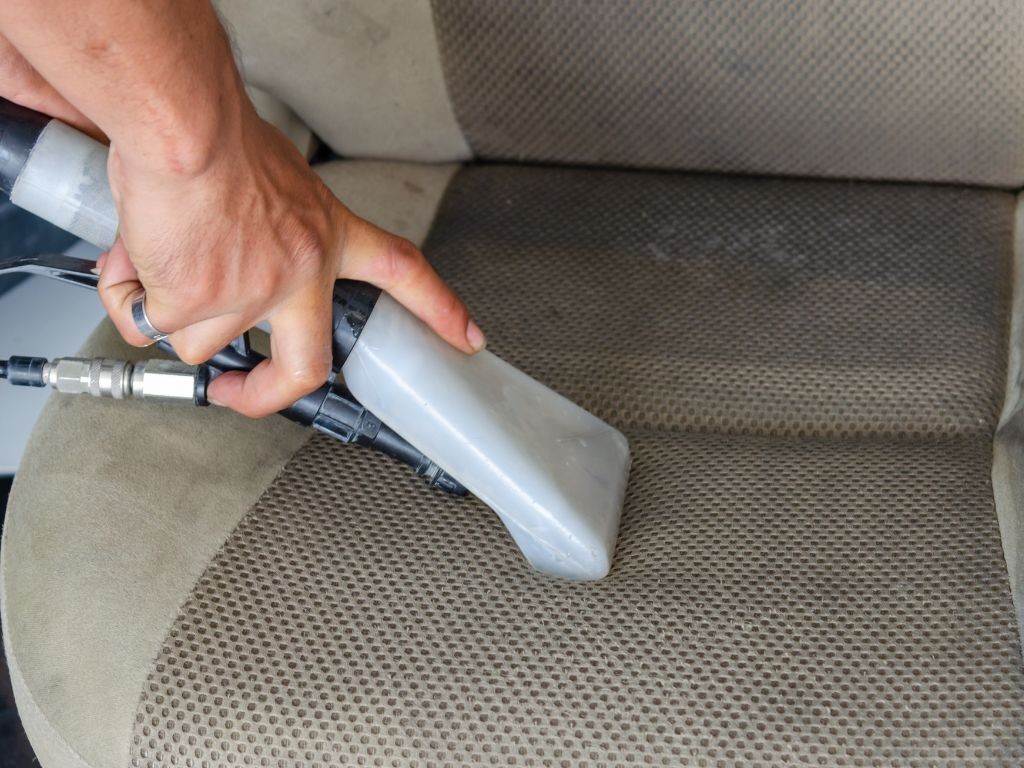
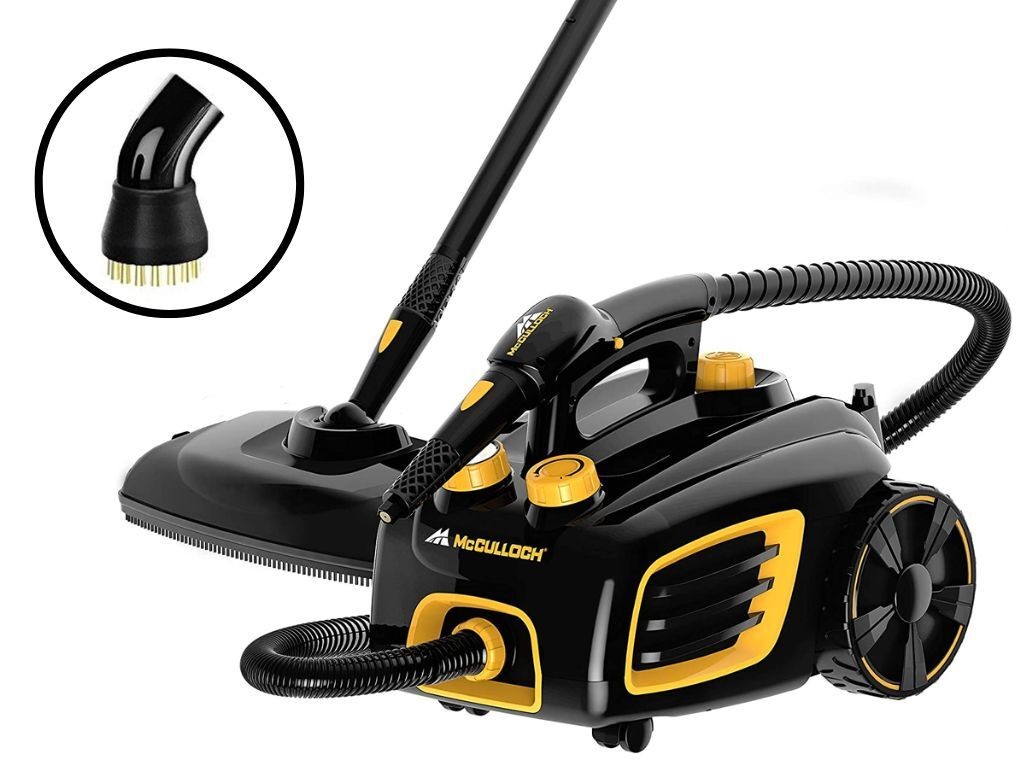
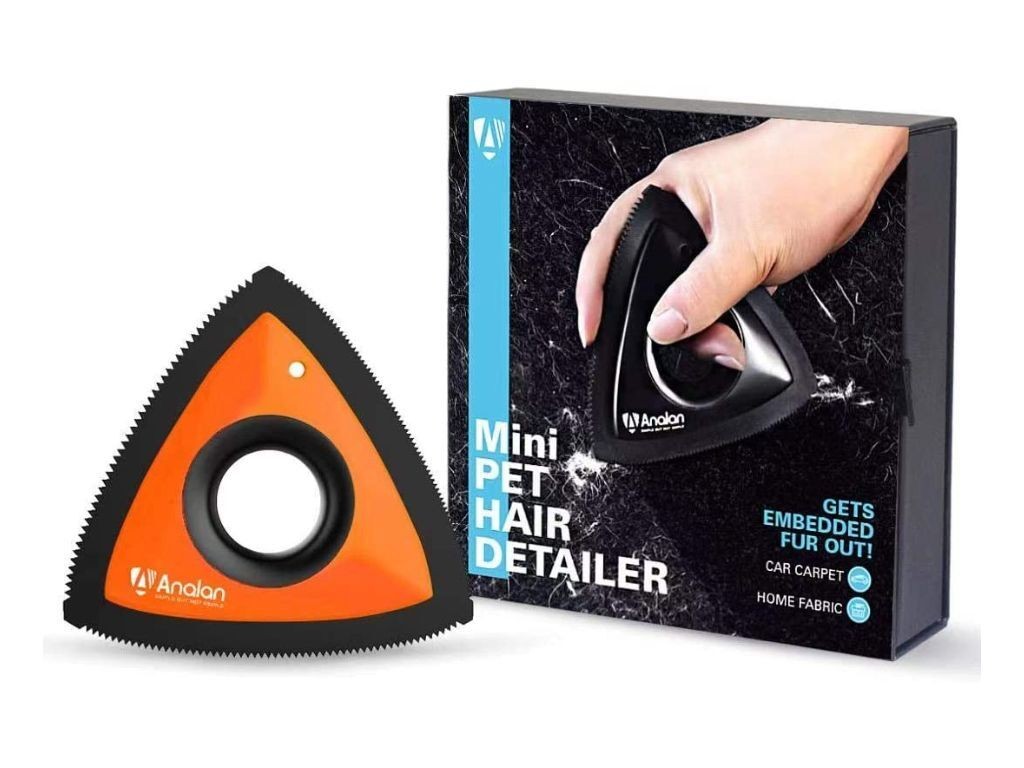
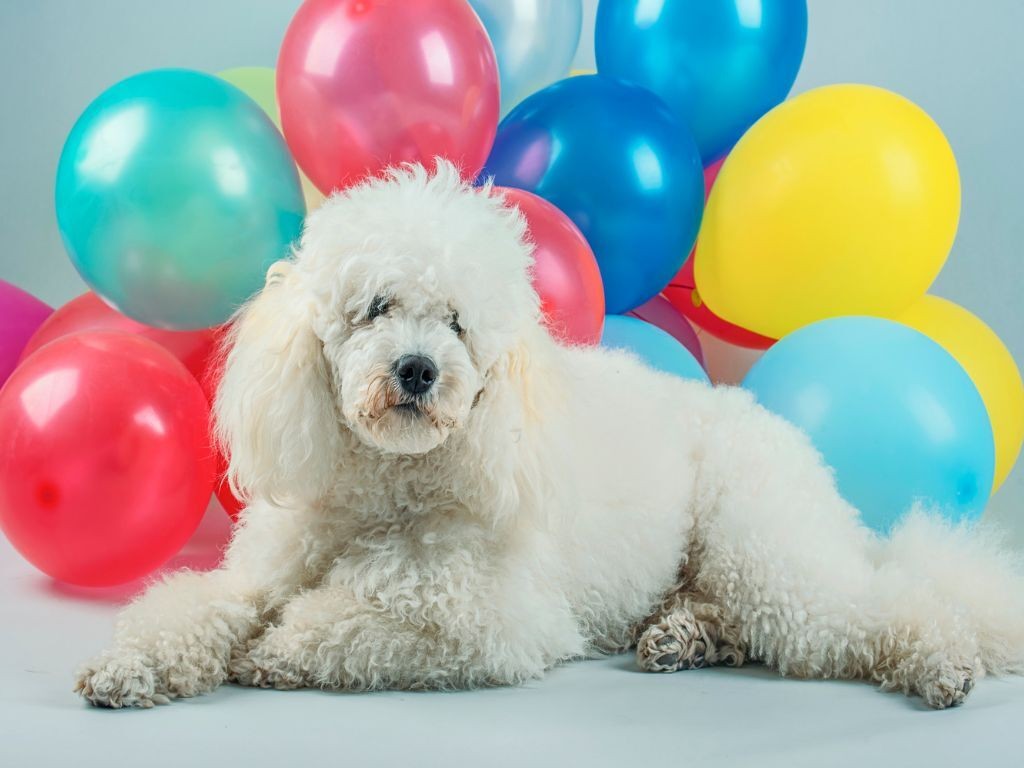
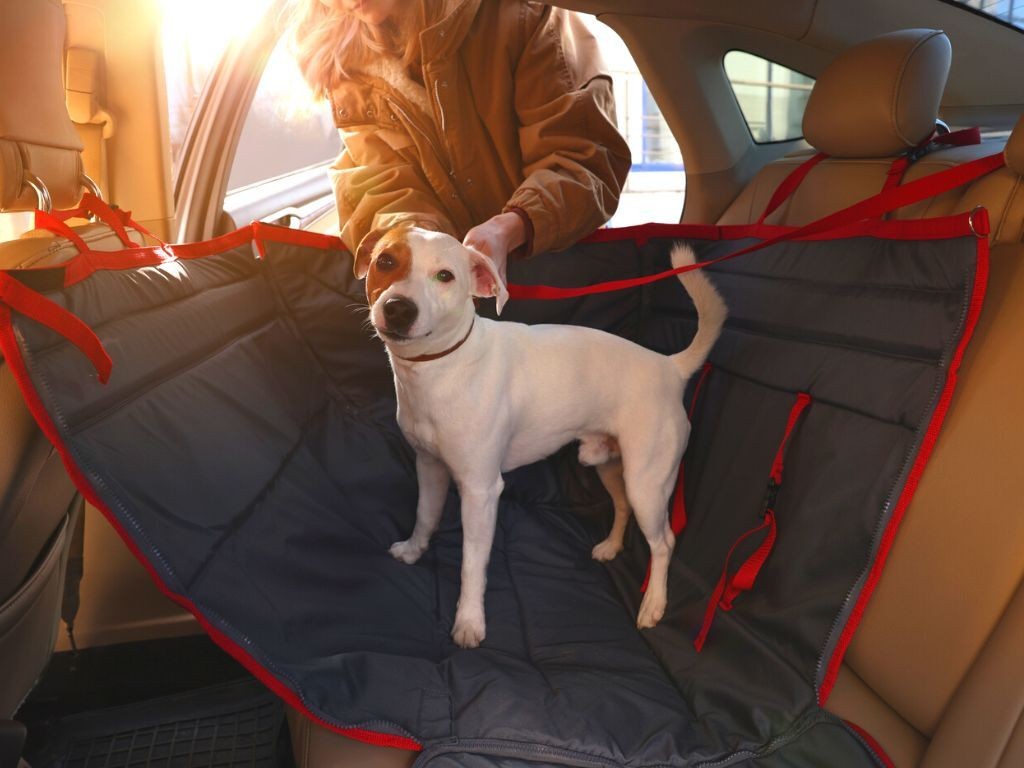
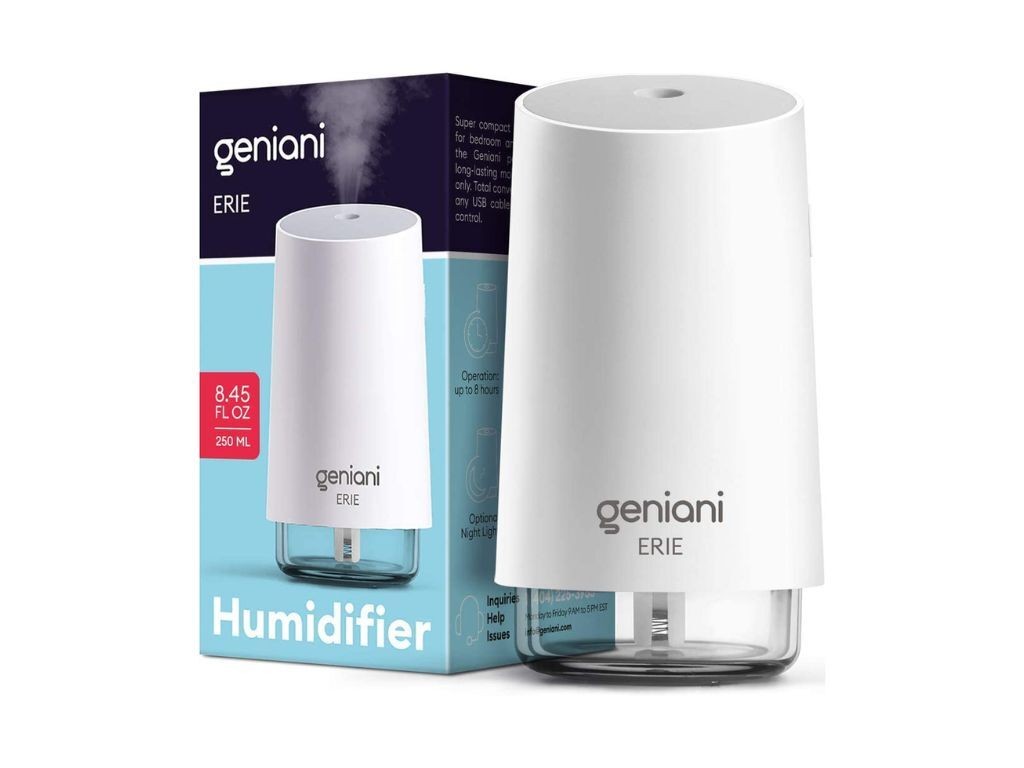
If you have pets, consider choosing a car with leather, faux leather, or vinyl seats. These materials are easy to clean and less likely to trap pet hair than fabric.
7. The Science Behind Why Pet Hair Sticks
Understanding why pet hair sticks to surfaces can help you develop more effective cleaning strategies. Several factors contribute to this phenomenon:
- Static Electricity: As mentioned earlier, static electricity plays a significant role in pet hair adhesion. When pets move around, their fur generates static charges that attract hair to surfaces.
- Hair Structure: Pet hair often has a rough or barbed texture that allows it to cling to fabric fibers.
- Surface Texture: Rough or porous surfaces, such as carpet and velour, provide more opportunities for pet hair to become trapped.
- Friction: Friction between pet hair and fabric surfaces can create static charges and cause hair to become embedded in the material.
- Oils and Moisture: Natural oils and moisture on pet hair can also contribute to its adhesion to surfaces.
By understanding these factors, you can choose cleaning methods and products that specifically target these issues, such as anti-static sprays and tools with textured surfaces.
8. DIY Pet Hair Removal Solutions Using Household Items
If you don’t have specialized pet hair removal tools on hand, don’t worry. You can create effective solutions using common household items. Here are a few ideas:
| Item | How to Use | Benefits | Limitations |
|---|---|---|---|
| Dryer Sheets | Wipe down surfaces to reduce static electricity and loosen hair. | Inexpensive, readily available, leaves a fresh scent. | May not be as effective for deeply embedded hair. |
| Baking Soda | Sprinkle on carpets and upholstery, let sit for 15-30 minutes, then vacuum. | Absorbs odors, loosens hair. | May require multiple applications, can be messy. |
| Fabric Softener | Mix with water in a spray bottle, lightly mist surfaces, then wipe clean. | Reduces static electricity, softens fabric, leaves a pleasant scent. | May leave a residue, test on an inconspicuous area first. |
| Vinegar | Mix with water in a spray bottle, lightly mist surfaces, then wipe clean. | Natural cleaner, cuts through grease and grime, helps to loosen hair. | May have a strong odor, test on an inconspicuous area first. |
| Dish Soap | Mix with water in a spray bottle, lightly mist surfaces, then wipe clean. | Cuts through grease and grime, helps to loosen hair. | May leave a residue, test on an inconspicuous area first. |
Experiment with these DIY solutions to find the ones that work best for your car and your pet’s hair type.
9. Addressing Pet Odors: Beyond Hair Removal
Even after removing pet hair from your car, lingering odors can be a problem. Here are some tips for eliminating pet odors:
- Baking Soda: As mentioned earlier, baking soda is a great odor absorber. Sprinkle it liberally on carpets and upholstery, let it sit for several hours or overnight, and then vacuum thoroughly.
- Vinegar: Place a bowl of white vinegar in your car overnight to absorb odors.
- Air Fresheners: Use a pet-friendly air freshener to mask odors and leave your car smelling fresh.
- Professional Detailing: A professional detailer can use specialized equipment and products to eliminate even the most stubborn pet odors.
- Activated Charcoal: Place activated charcoal bags in your car to absorb odors.
Addressing pet odors is an important part of maintaining a clean and comfortable car environment.
10. The Role of Diet and Hydration in Reducing Shedding
Did you know that your pet’s diet and hydration levels can affect how much they shed? Here’s how:
- Balanced Diet: Feed your pet a high-quality diet that is rich in essential nutrients, such as omega-3 fatty acids. These nutrients can help to keep their skin and coat healthy, reducing shedding.
- Hydration: Make sure your pet has access to fresh, clean water at all times. Dehydration can lead to dry skin and increased shedding.
- Supplements: Consider adding supplements to your pet’s diet, such as fish oil or flaxseed oil, to promote healthy skin and coat.
- Consult Your Veterinarian: Talk to your veterinarian about the best diet and supplements for your pet’s specific needs.
By addressing your pet’s nutritional needs, you can help to reduce shedding and minimize the amount of hair that ends up in your car.
FAQs About Removing Pet Hair From Your Car
Here are some frequently asked questions about removing pet hair from your car:
- What material does dog hair not stick to?
- Leather, plastic, chiffon, silk, and satin are the best car material options when it comes to repelling dog hair.
- What DIY method can I use to get dog hair off my car seat?
- You can use lint rollers, duct tape, and hair curlers to get the hair off your car seat without having to make a run to the store.
- How do you get the hair out of Velcro?
- A stiff bristle toothbrush perfectly brushes out lint off the Velcro hair curler. Brush the Velcro curler vigorously with little strokes to remove anything trapped between the hook. Next, you can use a lint brush to pull away the hair. Do this by rolling it over the hook and loose ends of the velcro to remove the loosened hair. You can then alternate with the soft bristle brush until the deeply embedded hair is gone. If the hair is still preventing the velcro from sticking, you can try removing it with a pair of tweezers.
- How do I remove the dog hair smell in my car?
- After using a vacuum or lint brush to remove dog hair, there’s a chance of a foul odor being left behind. A DIY way to remove it is to sprinkle baking soda on the seats and leave it for a few hours. If you want to do it the professional way, you can use odor bombs and ozone machines to completely remove the smell.
- How often should I clean pet hair from my car?
- The frequency of cleaning depends on how often your pet rides in the car and how much they shed. As a general rule, aim to clean your car at least once a week if you regularly transport your pet.
- Can I use a regular household vacuum to remove pet hair from my car?
- Yes, but a vacuum with strong suction and specialized attachments, such as a motorized brush head and crevice tool, will be more effective.
- Are there any products that can prevent pet hair from sticking to car seats?
- Yes, anti-static sprays and seat covers can help to prevent pet hair from sticking to car seats.
- How can I remove pet hair from hard-to-reach areas in my car?
- Use a crevice tool attachment on your vacuum or a narrow brush to reach tight spaces and corners.
- What is the best way to remove pet hair from leather car seats?
- Use a soft cloth or brush to gently sweep up the hair, followed by a leather cleaner and conditioner to protect the material.
- Can pet hair cause allergies in my car?
- Yes, pet hair can trap allergens such as pollen and dust mites, which can trigger allergies in sensitive individuals. Regular cleaning can help to reduce allergen levels in your car.
Conclusion: Enjoy a Hair-Free Ride with Your Furry Friend
Owning a pet brings immense joy, and at PETS.EDU.VN, we believe that enjoying car rides with your furry friend shouldn’t be a stressful, hairy situation. By using the removal techniques and preventative measures outlined above, you can keep your car clean, comfortable, and free of pet hair.
Remember, consistency is key. Regular cleaning and grooming will make the task of pet hair removal much easier in the long run. And when all else fails, don’t hesitate to call a professional detailer for help.
At PETS.EDU.VN, we are committed to providing pet owners with the information and resources they need to care for their beloved companions. We offer a wide range of articles on pet care, health, and training, as well as a directory of trusted pet service providers.
Need more tips and tricks for pet care? Visit PETS.EDU.VN today!
For professional pet grooming and care services, contact us at: 789 Paw Lane, Petville, CA 91234, United States. Whatsapp: +1 555-987-6543. Website: pets.edu.vn
Let us help you create a happy and healthy life for you and your pet.
Here!
other articles

